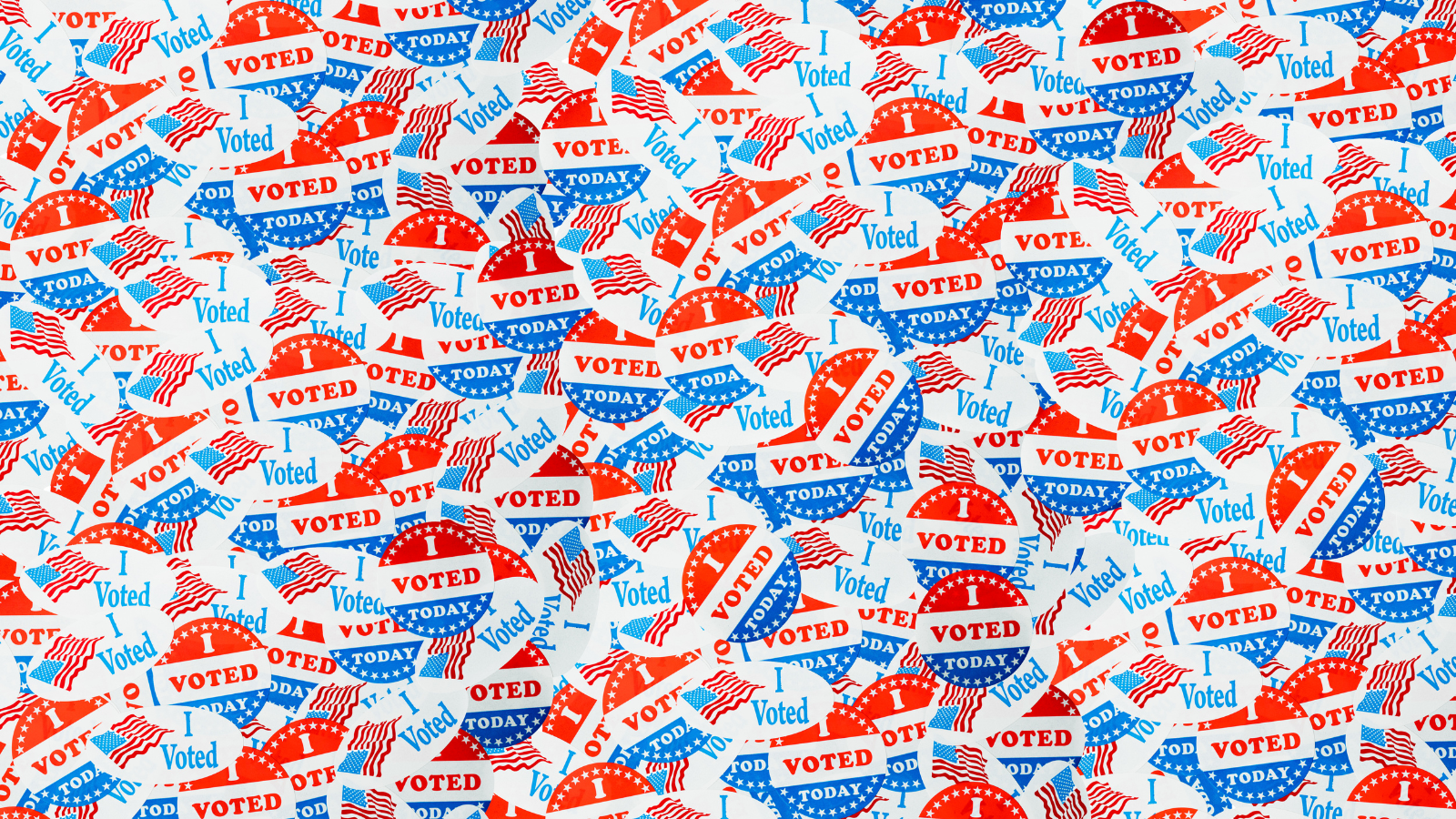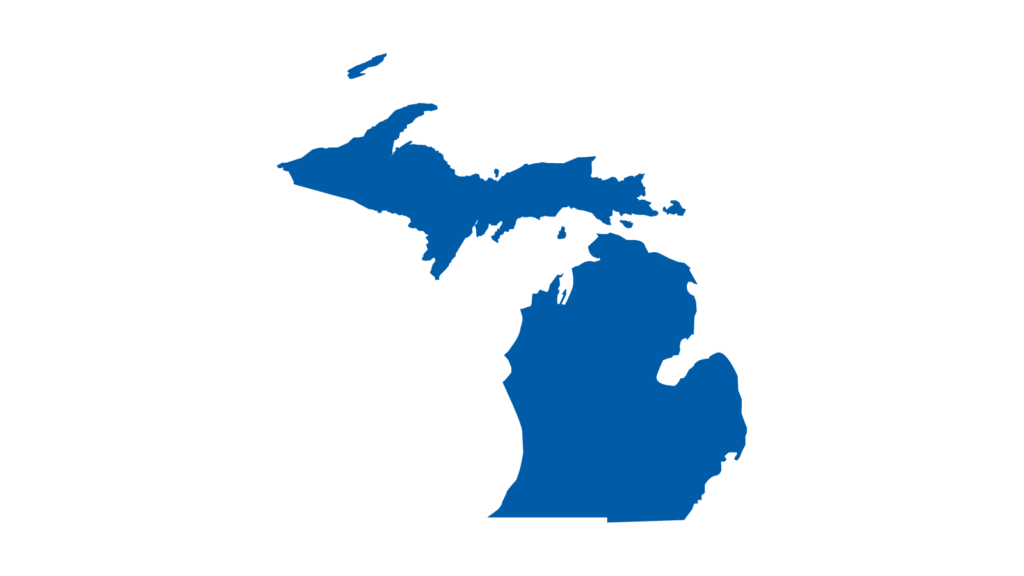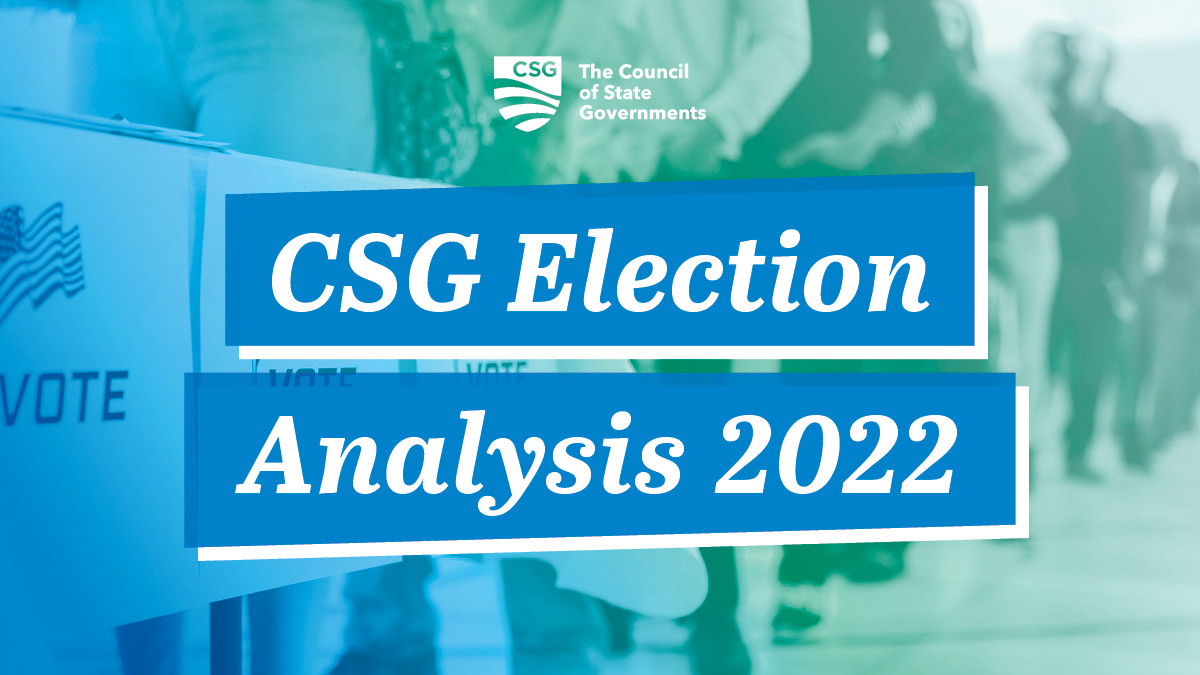By Dr. Dakota Thomas
Please note that this article is based on projected results and may change with certified election results.
The 2022 election will decide which party will control state government in many states. This article focuses on the 22 battleground states where partisan control was considered likely to change. A trifecta occurs when one party controls both houses[1] of the state legislature as well as the governorship. Divided government, on the other hand, means one or both houses of the state legislature are held by a different party than the governor.
After the 2022 election, next year will see 22 Republican trifectas, 17 Democratic trifectas and 10 divided governments (though not all state races have been officially called as of Nov. 15, 2022). Maryland, Massachusetts, Michigan and Minnesota have all moved from divided government to unified Democratic control. No states have moved from a Democratic trifecta or divided government to Republican leadership yet, though Alaska might move in that direction. Nevada has moved from a Democratic trifecta to divided government, and Arizona has moved from a Republican trifecta to divided government.
Prior to the 2022 election, there were 23 Republican trifectas, 14 Democratic trifectas and 13 divided governments. According to our partners at Ballotpedia, 22 states in the 2022 elections were battlegrounds for control – 7 states currently controlled by Democrats and 6 controlled by Republicans were considered vulnerable, and 9 states currently under a divided government had potential to become trifectas or remain divided (4 potential Democratic trifectas, 2 potential Republican trifectas, and 3 complete tossups).
Partisan Control of State Governments in Battleground States
| State | Pre-Election Control | Post-Election Control |
| Alaska | Divided | Not called (Nov. 15 2022) |
| Arizona | Republican | Divided |
| Colorado | Democratic | Democratic |
| Delaware | Democratic | Democratic |
| Florida | Republican | Republican |
| Georgia | Republican | Republican |
| Illinois | Democratic | Democratic |
| Iowa | Republican | Republican |
| Kansas | Divided | Divided |
| Maine | Democratic | Democratic |
| Maryland | Divided | Democratic |
| Massachusetts | Divided | Democratic |
| Michigan | Divided | Democratic |
| Minnesota | Divided | Democratic |
| Nevada | Democratic | Divided |
| New Hampshire | Republican | Republican |
| North Carolina | Divided | Divided |
| Oregon | Democratic | Democratic |
| Pennsylvania | Divided | Divided |
| Texas | Republican | Republican |
| Washington | Democratic | Democratic |
| Wisconsin | Divided | Divided |
Why does this matter?
Which party controls a state government has a huge influence on state level policymaking. In general, a trifecta of one party has an easier time passing policies in general, while a state with divided government usually moves slower and passes fewer new policies. The specific policies that get enacted (or not enacted) also obviously depend on which specific party is in control of a given state.
Abortion policy is likely to be one major policy area where state political control proves important. After the US Supreme Court struck down Roe v Wade earlier this year in their ruling for Dobbs v. Jackson Women’s Health Organization, states are free to create their own rules around abortion and are likely to be the primary arena in which abortion policy is decided. Voters directly weighed in on abortion policy in several ballot referenda in 2022 as well – there were ballot measures related to restricting abortion in Kentucky and Montana, though both were voted down. Several states, like California, Michigan, and Vermont, also had ballot measures in the opposite direction that would enshrine a right to reproductive healthcare into their state constitutions – all those measures appear to have passed (as of Nov. 14, 2022). Abortion policy is just one of many areas of state level policymaking that will be highly influenced by which party (if any) controls a state’s government.
Gun control/gun rights are another policy area that will likely be highly influenced by state political control. Like abortion, recent US Supreme Court rulings have given states more power to determine gun rights policy. In the 2022 election, voters in Iowa approved Amendment 1 which adds a right to own and bear firearms to the Iowa Constitution and requires scrutiny for any alleged violations of said right by the courts. Oregon’s Measure 114[2], which will require a permit issued by local law enforcement in order to buy a firearm in the state, was also approved by voters (as of Nov. 15, 2022).
Finally, cannabis legalization may also be influenced by partisan control of states. Arkansas, South Dakota, and North Dakota voters all elected to keep cannabis rules as they were rather than legalizing recreational use – in all three states, cannabis is legal only for medicinal purposes. Missouri and Maryland voters approved ballot measures to legalize recreational use of cannabis.
CSG will continue to monitor state election results, ballot measures, and policymaking trends and provide resources as state leaders navigate these and other areas of state policy.
[1] Note that Nebraska has a unicameral legislature with only one house.
[2] It would also require photo ID, fingerprints, safety training, criminal background check, and paying a fee to apply for said permit; as well as prohibit the manufacturing, importing, purchasing, selling, possessing, using, or transferring ammunition magazines capable of holding more than 10 rounds and make violations thereof a class A misdemeanor.















